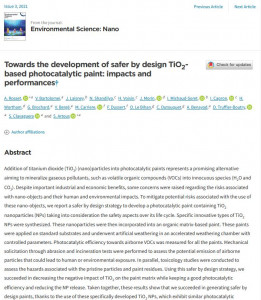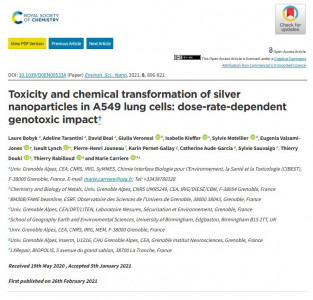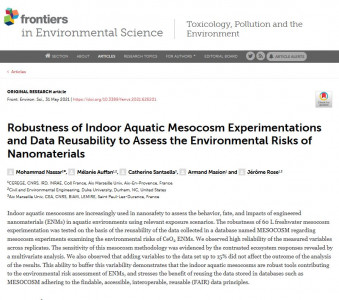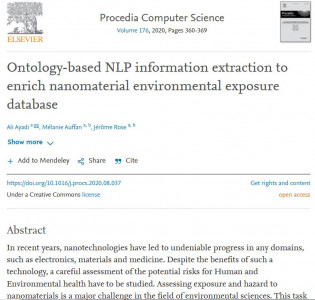Article on " Insight into the Crucial Role of Secondary Mineral Phases in the Transfer of Gold Nanoparticles through a Sand Column Using Online ICP-MS/spICP-MS Monitoring. " by Motellier, S., Locatelli, D., & Bera, R. (2019)
Abstract:
Investigating the transport of engineered nanoparticles through representative soils is an important issue in assessing their mobility and fate in the environment. In this study, successive injections of gold nanoparticles (AuNPs) were performed in a quartz sand column with an eluent composed of 10–2 M NaCl at a pH of 7.5. After this series of injections, remobilization of the AuNPs was examined by raising the eluent pH to 10. 197Au and the conservative ionic tracer 79Br were monitored simultaneously by online inductively coupled plasma mass spectrometry (ICP-MS), and the particulate nature of gold eluting from the column was confirmed by setting the ICP-MS in the “single particle” mode. The extent of AuNP attachment was greater than predicted by DLVO theory considering quartz as the sole collector, decreased with the number of injections and with particle size. In contrast with the repulsive interaction energy between the particles and the quartz surface, kaolinite, a secondary mineral of the sand, provided favorable conditions for particle attachment. The superimposed signals of 197Au and 27Al in the column effluent after pH increase suggest that AuNPs were essentially remobilized as heteroaggregates with the kaolinite colloids they were attached to when favorable conditions for clay detachment from the sand grains were encountered.









